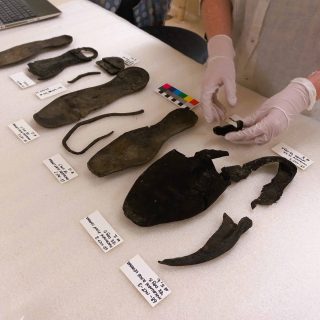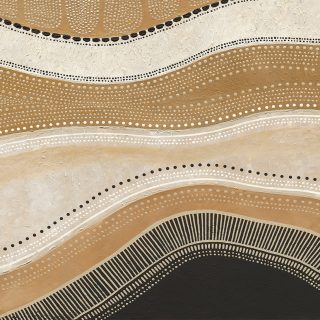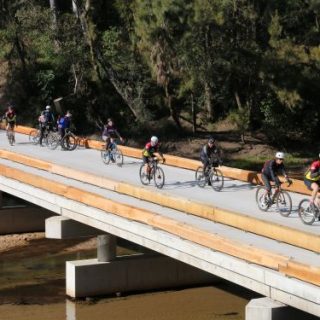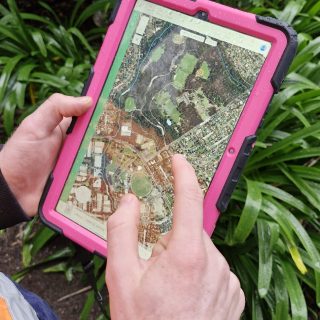Biosis completes conservation assessments for Victorian Chicory Kilns
Biosis historical heritage consultants have been working with local historical societies, and property owners on Phillip Island on a conservation assessment for the remaining chicory kilns in Victoria.
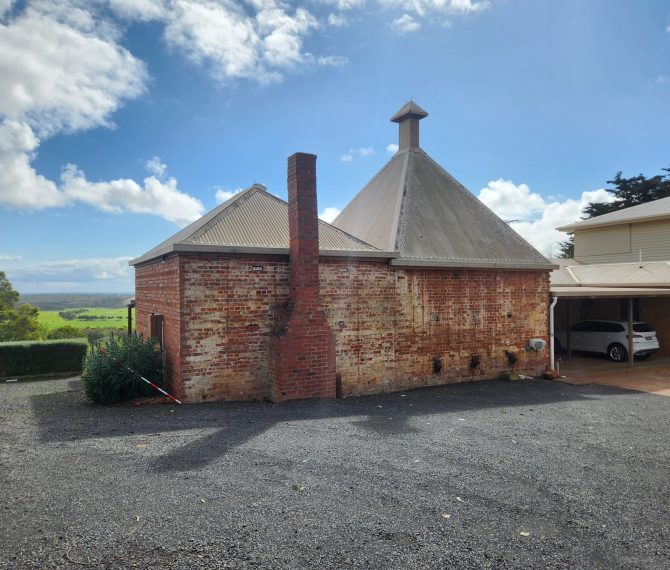
If you enjoy the gastronomical history of Coffee in Australia, then you can’t ignore the chapter on Victorian chicory kilns.
Chicory (Cichorium intybus) was one of many plants introduced into Australia during the 1860s and 1870s. The root vegetable was already being grown in Europe as an additive and cheaper substitute for coffee because of its dark colouring and nutty flavour, which made a decent pass for a similar drink, but cheaper and free of caffeine.
Kilns were constructed on Philip and French Islands to dry the fibrous roots of the chicory plant. This method would reduce the weight and bulk of the roots, before being transported to Melbourne for roasting and grinding.
Biosis historical heritage consultants have been working with local historical societies and property owners on conservation assessments for the remaining chicory kilns in Victoria.
And it turns out there’s quite a few.
Phillip and French Island Chicory History
Our Victorian Historical Heritage Team Leader, Luke Gunton, and Victorian Heritage Consultant, Matt Deigan, conducted Kiln Condition Assessment Surveys across the region as part of our community investment program. An extraordinary 33 historic chicory kilns are still left, with 28 on Phillip and French Islands, which just by good fortune, have been protected by their isolated location.
The island’s wet conditions were apparently ideal for Chicory growth, and fortunately Chicory is resilient against cold weather.
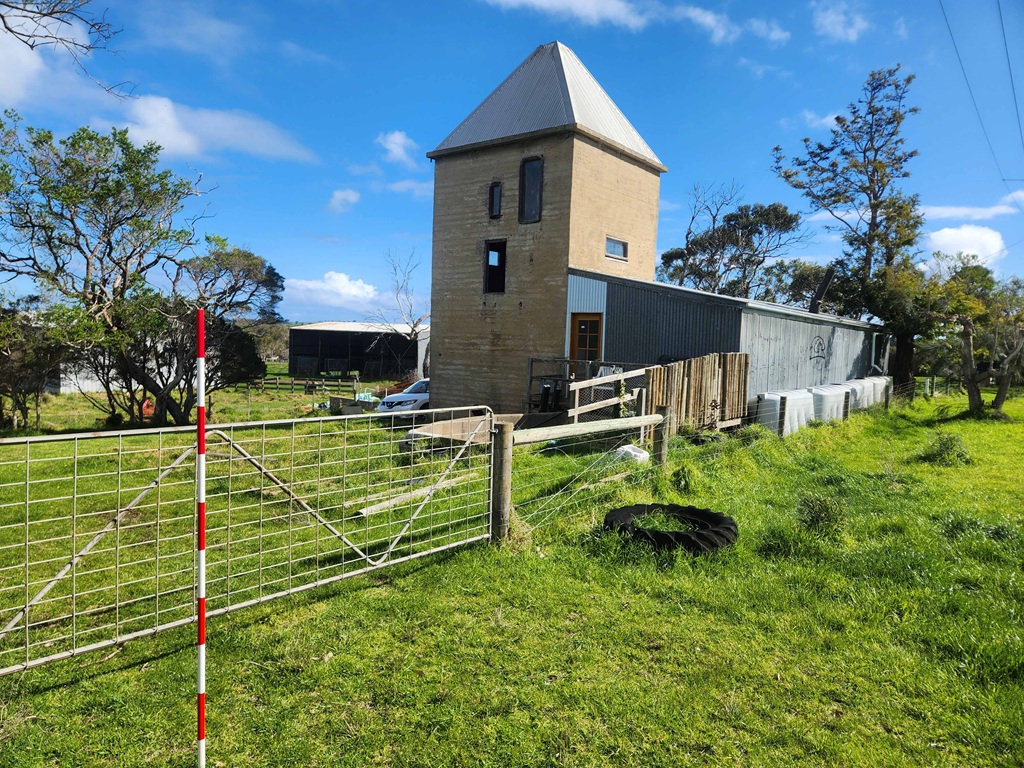
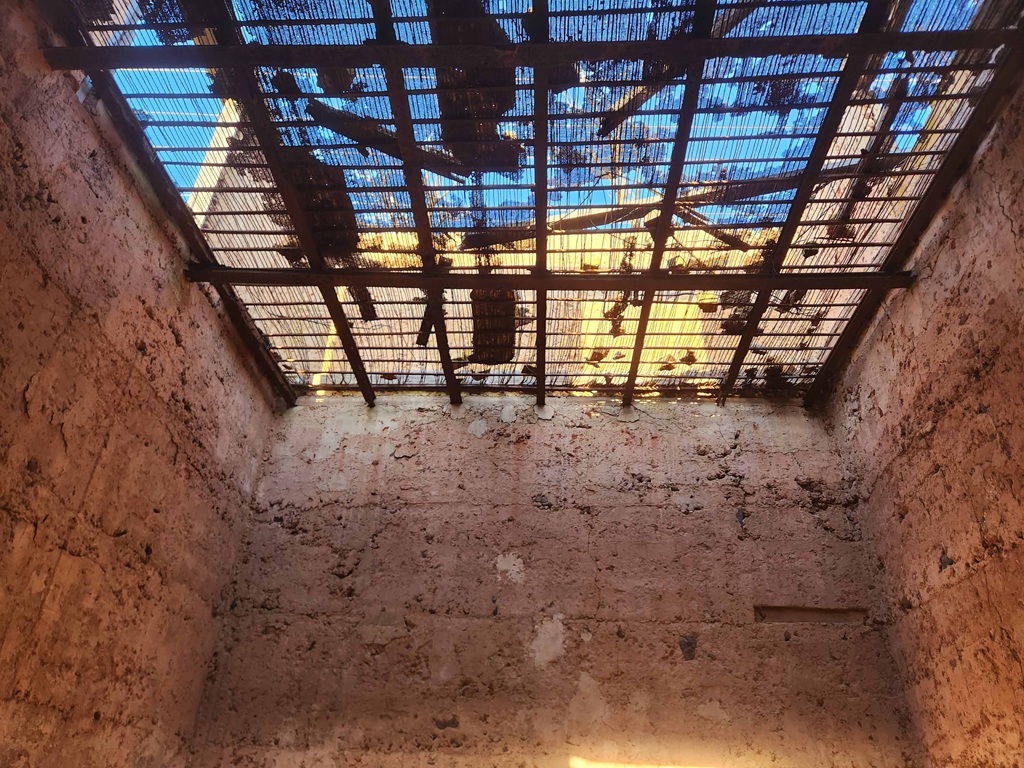
This metal grill forms the floor of the drying area, with heat rising from the furnace below to dry the chicory.
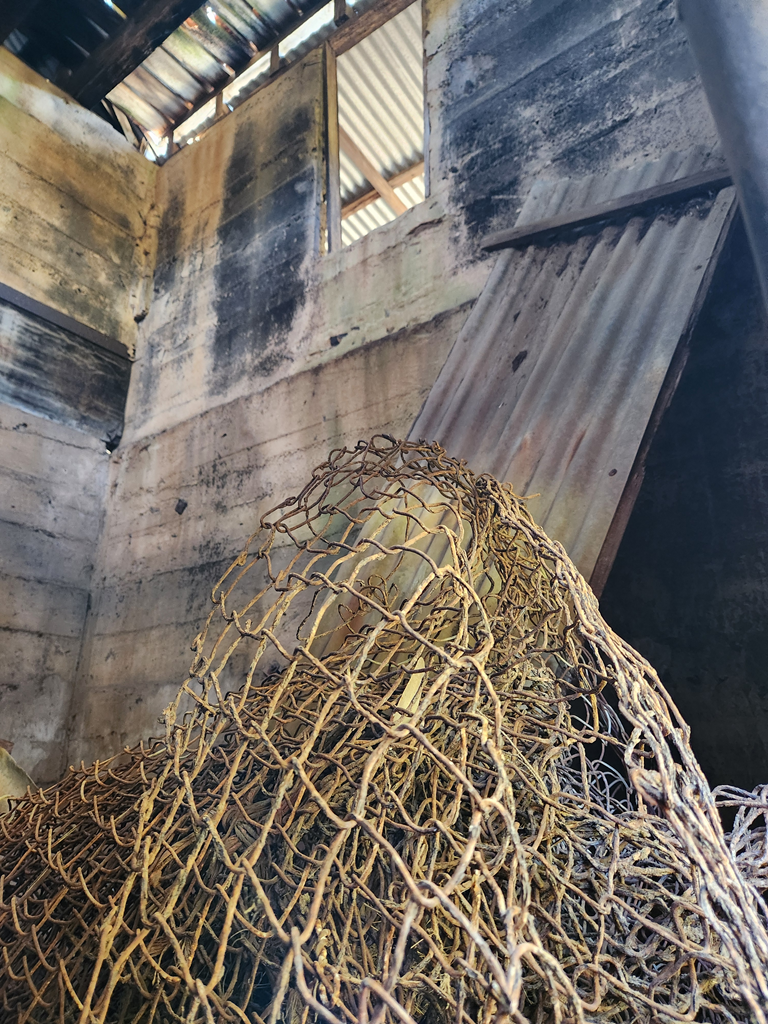
The Chicory Kilns
The first kilns, built at Cowes on Phillip Island (1878) and at Bacchus Marsh (1885) were largely constructed in brick, along with steam engines and other appliances. However, over time, they grew smaller with local materials in their construction.
Brick Kiln
This brick chicory kiln, later adapted into a home, still shows its colonial bond brickwork alongside later additions such as a new roof, verandah and chimney cover.
This early phase may have been partly experimental, with growers trying out different construction methods and investing different amounts of capital to maximise efficiency and economy in the fledgling industry.
By the early twentieth century, however, kilns became increasingly uniform in size and construction.
Biosis historical heritage consultants found a wide variety of types of kilns with significant differences in their current state of preservation.
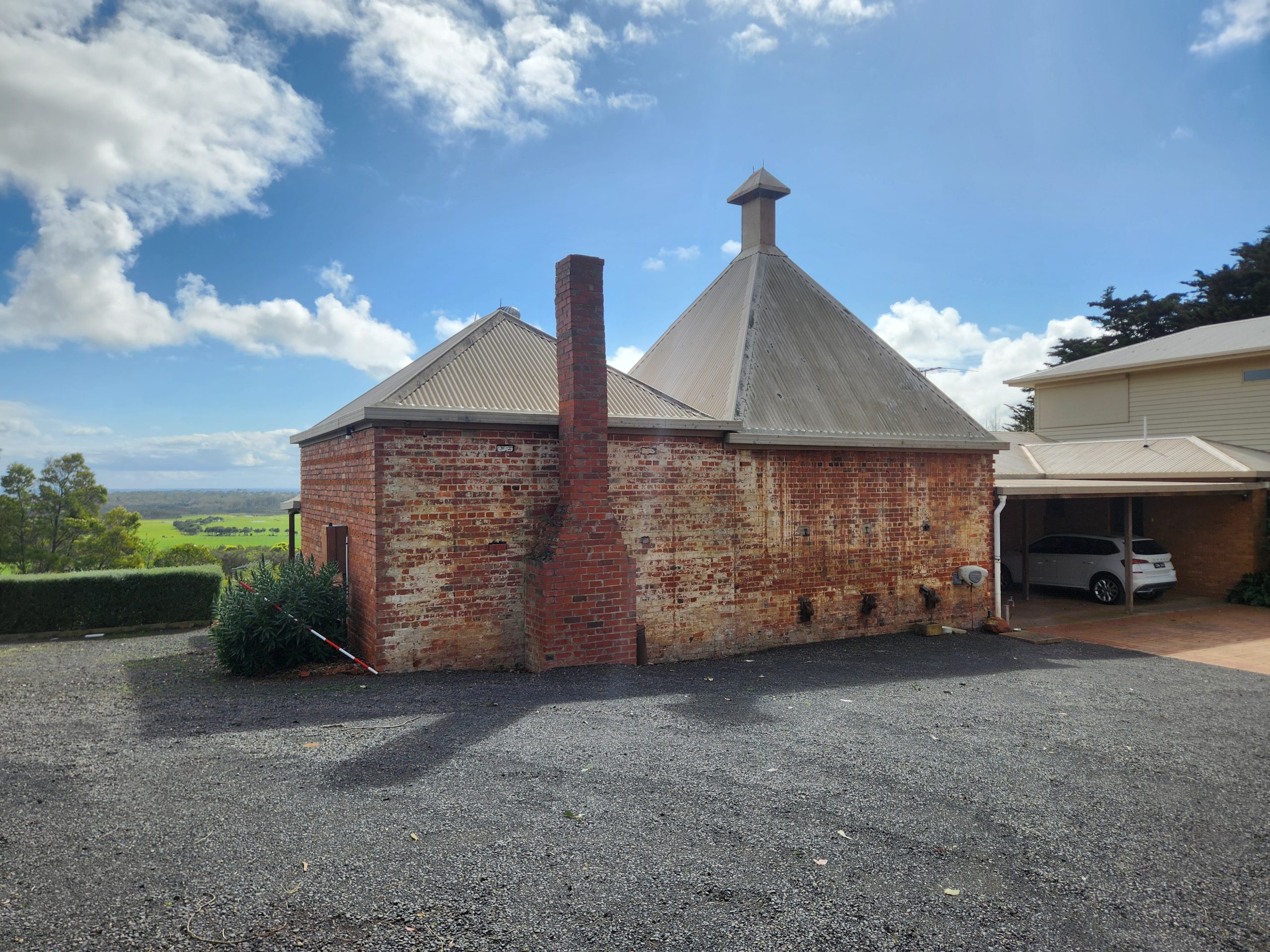
Concrete Kiln
This pink concrete kiln was likely built by James Duffus, who settled on the property around 1869. The kiln has no intact shed, though concrete flooring remains on the west side. It measures 4.05 metres at the base, with walls containing small stone aggregate, a drying floor supported on three iron rail beams, and a rusting galvanised iron roof in a fair condition.
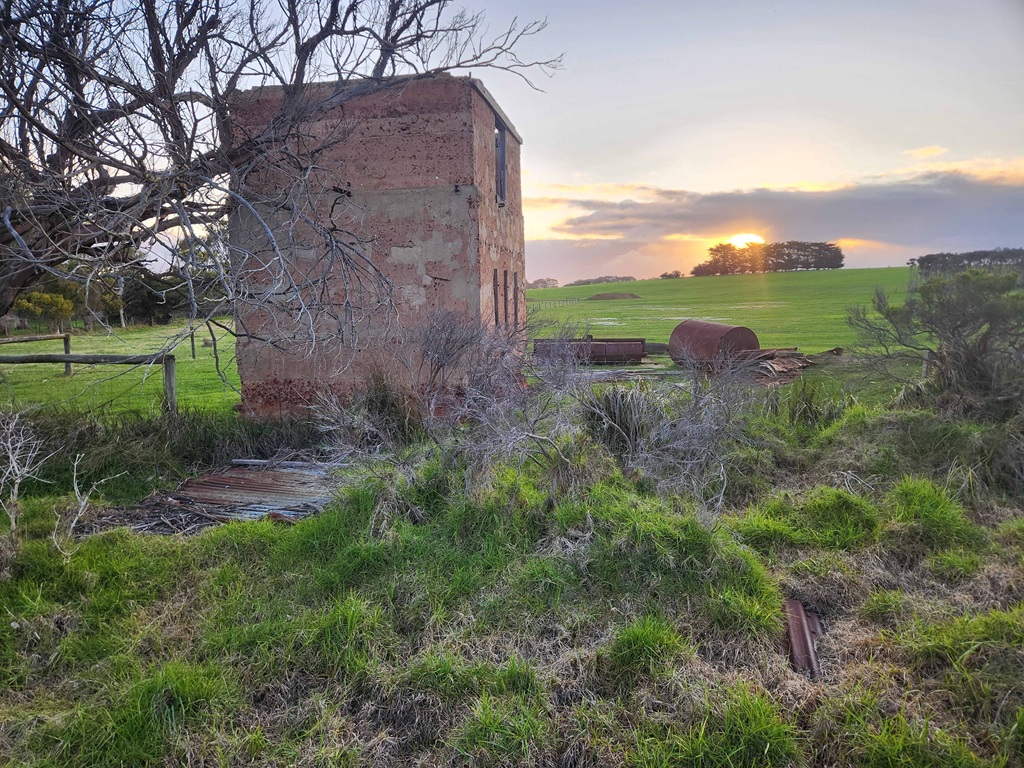
Rammed Earth Chicory Kiln
This rammed-earth chicory kiln, now collapsed, stands behind a modern home on the outskirts of Cowes. The adjoining shed, built with corrugated iron walls and guttered roofing, has also collapsed. The remaining roof sheets are rusted, and the chimney cover has been lost.
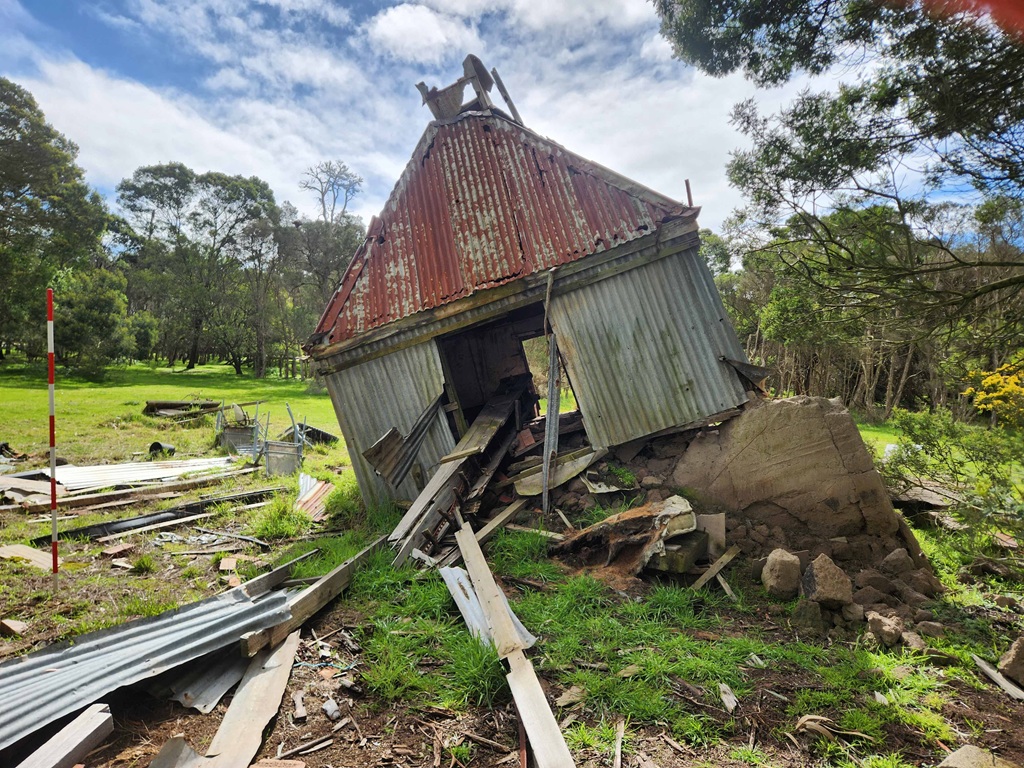
The Chicory Devil
Chicory farming was ideal for smaller farming plots despite the labour intensity of the work. Families had to pull the Chicory plants out by the roots to retain the bulbous product, mostly done by hand, which is a tough harvesting method made a little easier in the 1880s when a local blacksmith invented the ‘Chicory Devil’ as a helpful hand-harvesting tool.
Biosis heritage consultants were excited to see an original Chicory Devil had been kept by one of the local property owners.
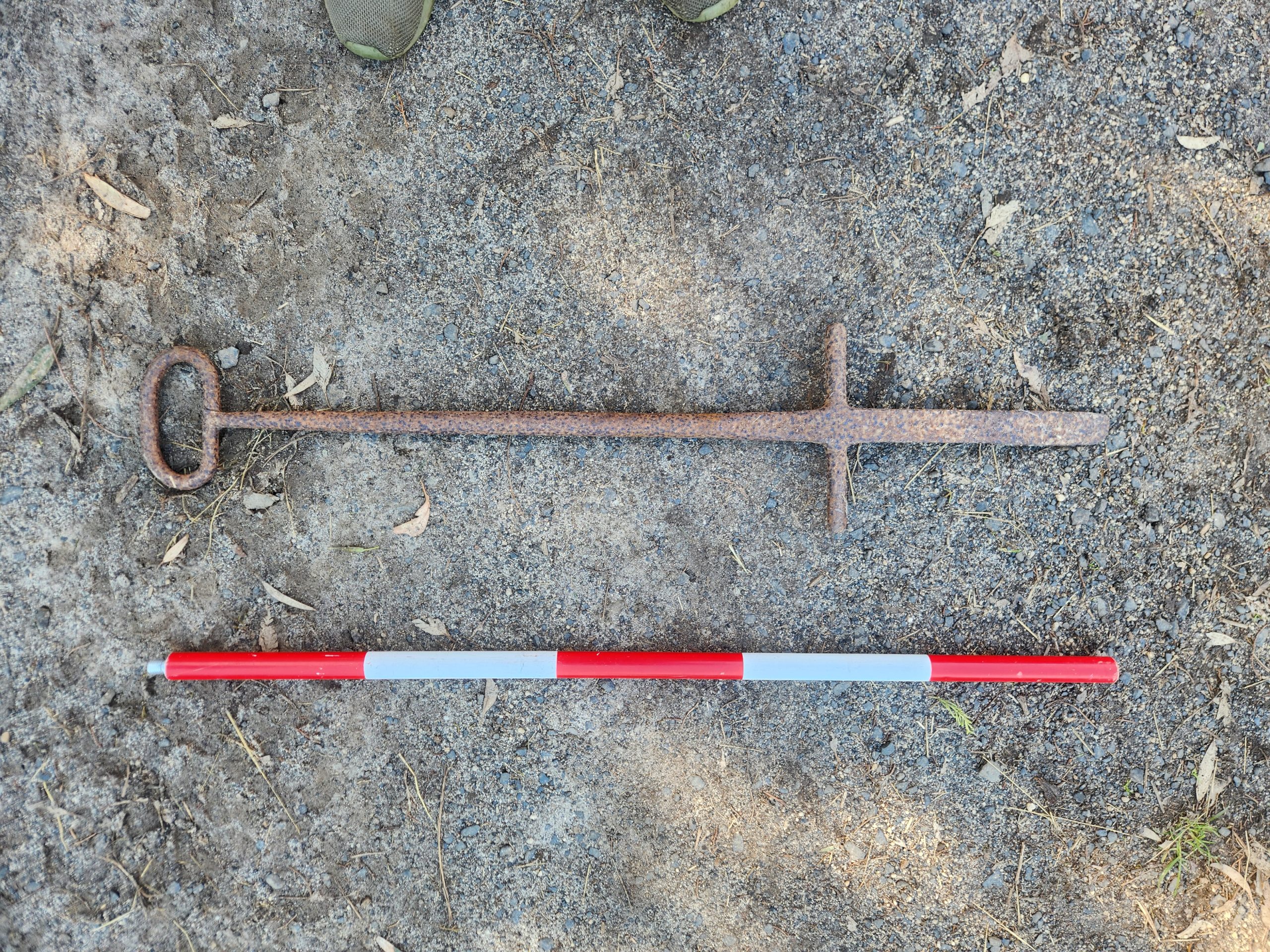
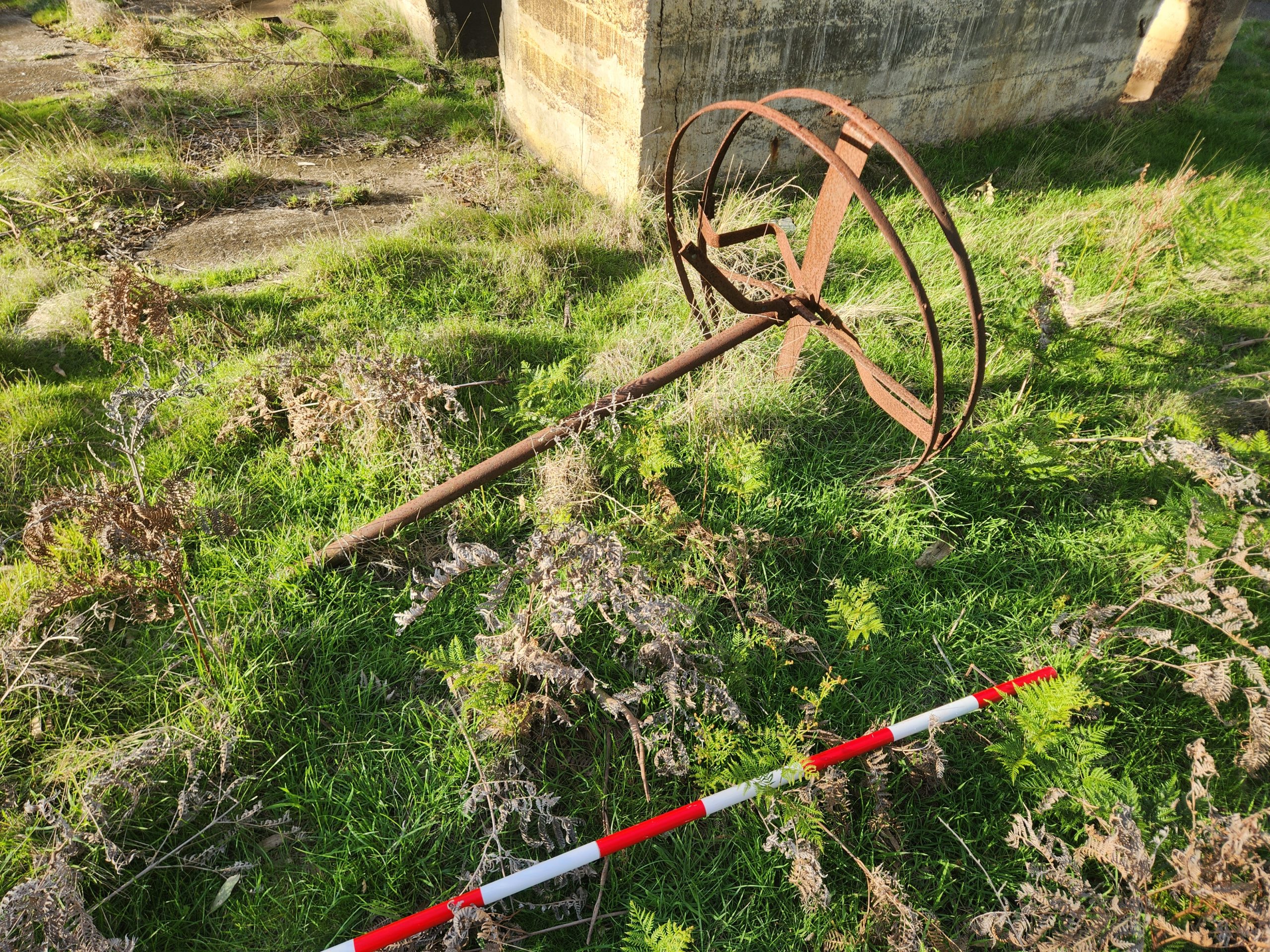
A tool used for chopping and drying the chicory.
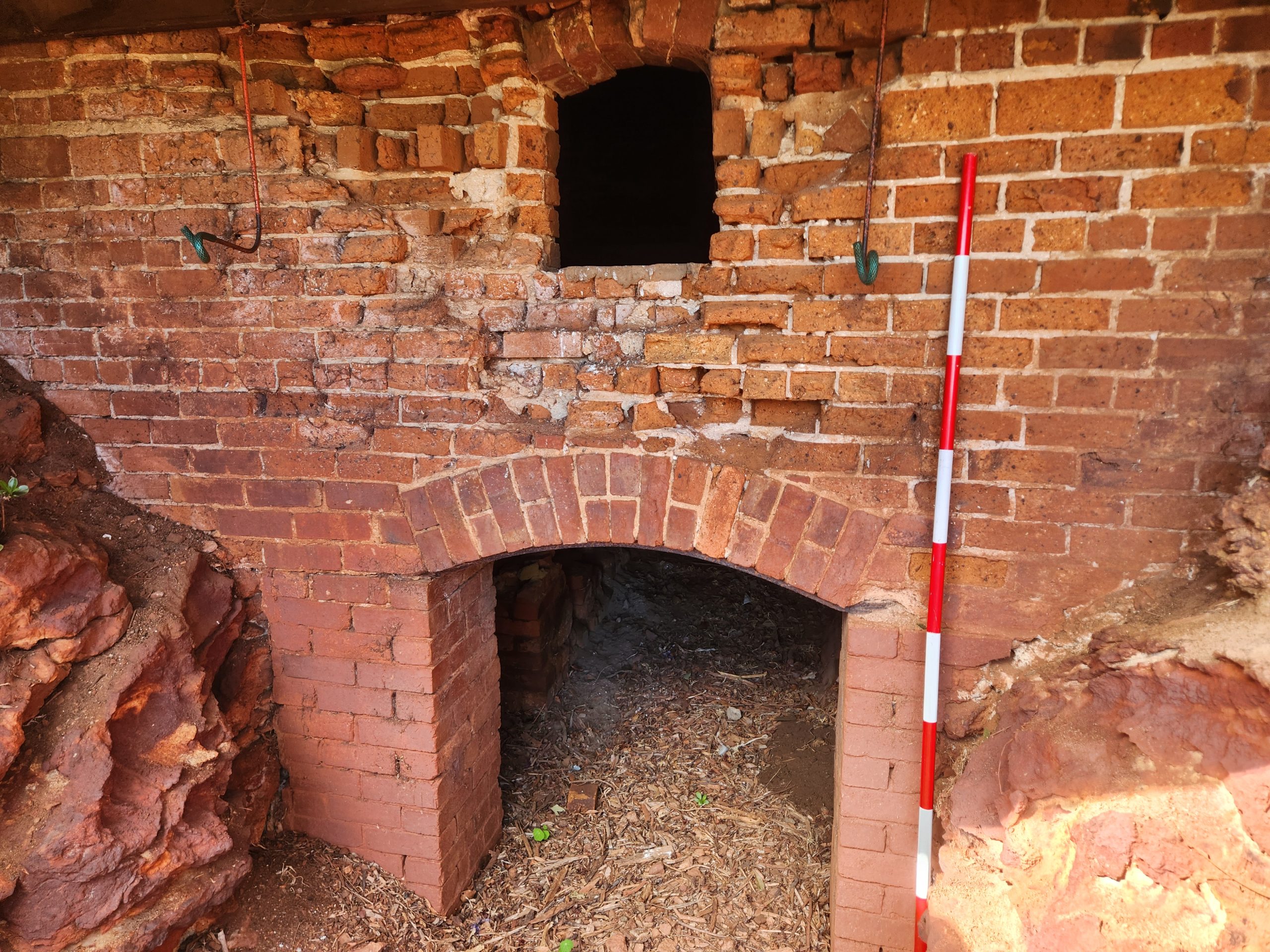
Stoking hole for the fire that heats the kiln
Alongside drought and the increasing popularity of instant and espresso coffee, thanks in no short measure to the significant Italian diaspora, the last crop of chicory was harvested in 1987.
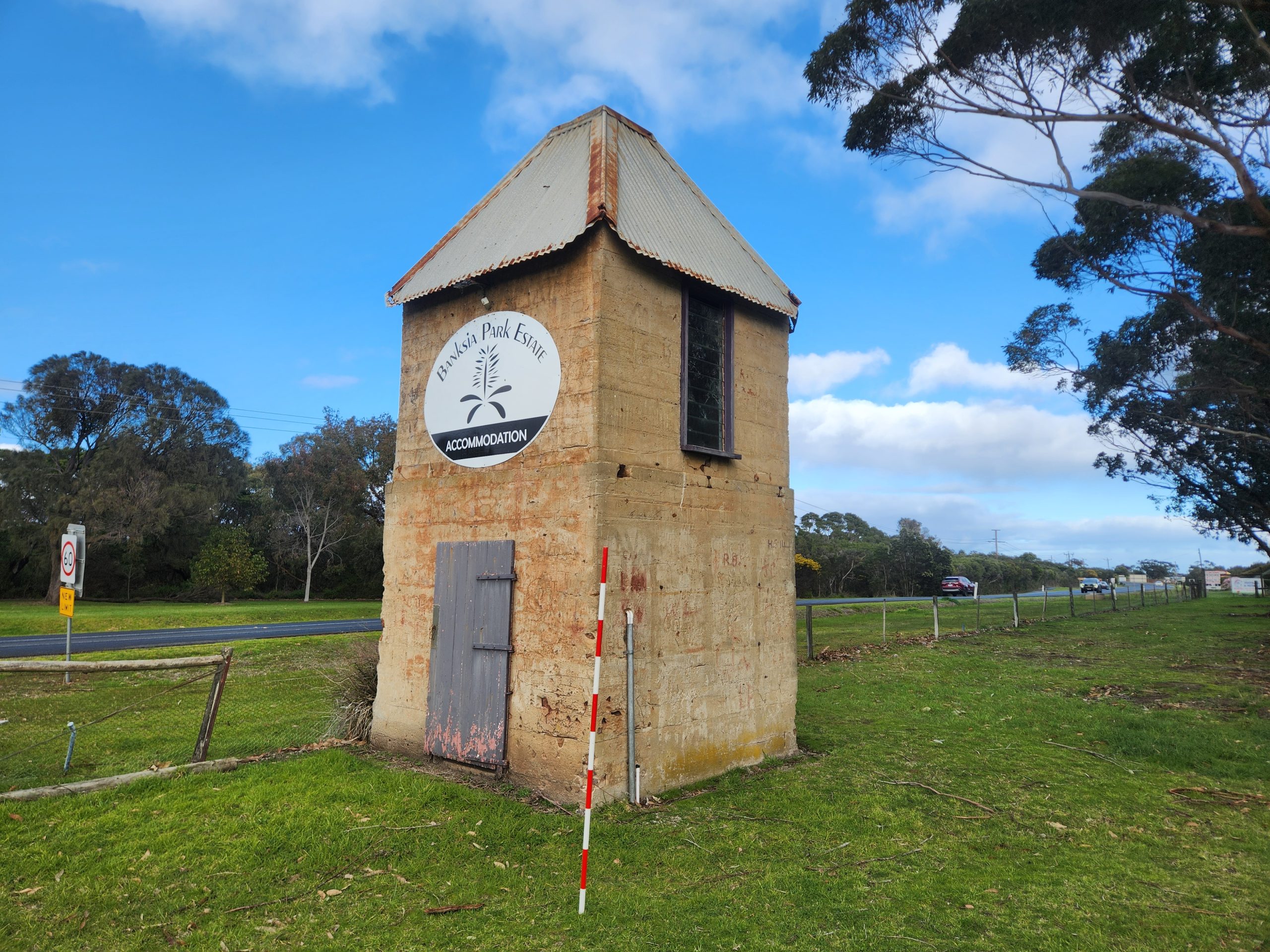
Almost 40 years later, this chapter in agricultural history remains scattered, in large numbers and various states of decay, across Phillip Island; in some cases, the kilns had been repurposed into sites for tourist accommodation or integrated into larger residential homes.
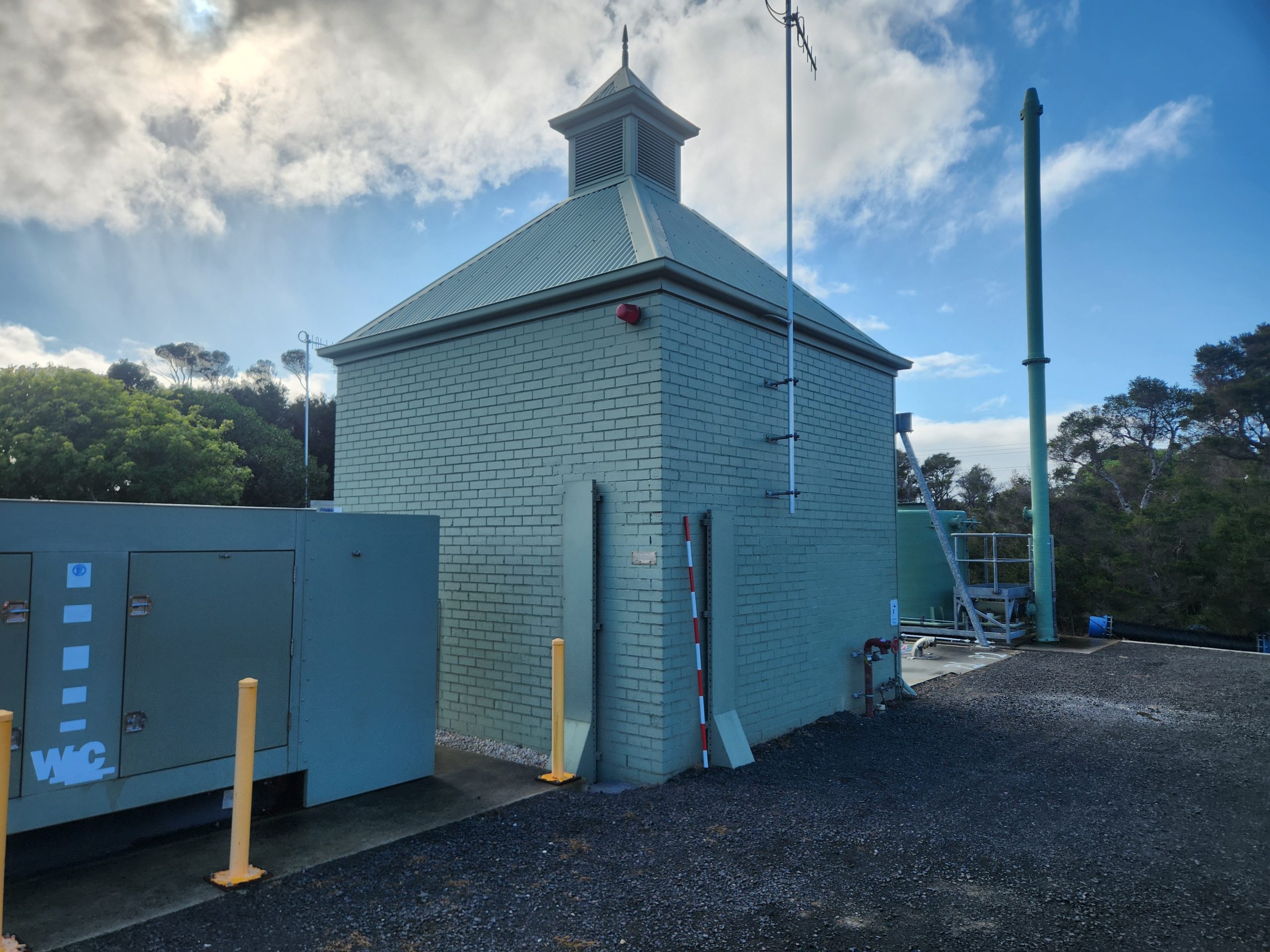
This is a modern pumping station built as an imitation kiln.
While the kilns themselves are in various states of preservation, this interesting chapter in Australian agricultural history continues to influence a distinct form of local architectural style. This modern pumping station is a good example of one that mimics a chicory kiln.
These days many people prefer to eat chicory as a salad vegetable, radicchio is probably the most well-known. And, while our addiction to caffeine is unlikely to wane anytime soon, it’s good to know there’s a back up version, tried and tested, that’s available if there’s a sudden shortage of supply in coffee beans.

